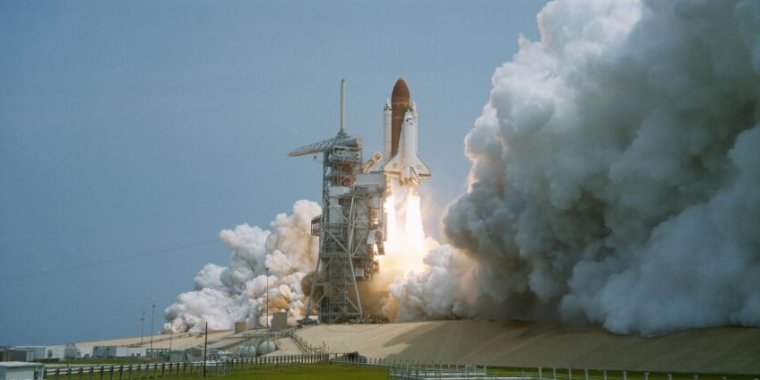- cross-posted to:
- space@mander.xyz
This is the best summary I could come up with:
But now, orbiting Earth on board the Space Shuttle, all of his hopes and dreams, everything he had worked on for the better part of a decade as an American scientist at NASA’s Jet Propulsion Laboratory, had come crashing down around him.
He had largely built the experiment, and he then effectively won a lottery ticket when NASA selected him to fly on the 17th flight of the Space Shuttle program, the STS-51-B mission.
And though this is an old story, it still reverberates today, four decades on, with lasting consequences into the era of commercial spaceflight as more and more people fly into orbit.
Space Shuttle missions fulfilled various tasks in the vehicle’s early years, such as deploying satellites, but one of its primary functions was conducting research in microgravity.
Working with the European Space Agency, NASA developed and flew a pressurized module called Spacelab on some missions for this purpose.
Payload specialists like van den Berg and Wang did not go through the same training as traditional NASA astronauts who underwent an ultra-competitive selection process.
The original article contains 749 words, the summary contains 177 words. Saved 76%. I’m a bot and I’m open source!
That’s only a summary of the introduction! The full story is much more interesting
Either I’ve never really read the summaries or the bot’s sophistication declined lately.

